Mobile applications have revolutionized the way we interact with technology, providing immense opportunities for entrepreneurs and developers to create profitable ventures. If you have an innovative app idea and want to turn it into a source of revenue, understanding the various monetization strategies is crucial. In this article, we will explore effective ways to make money from an app and provide insights to help you navigate the app monetization landscape.

1. In-App Advertising
All Heading
One of the most common methods to generate revenue from an app is through in-app advertising. By partnering with ad networks or integrating ad platforms like Google AdMob or Facebook Audience Network, you can display ads within your app. You earn money based on impressions (views) or clicks generated by users. In-app advertising works best for apps with a large user base and high engagement levels, as it requires significant traffic to generate substantial income.
2. Freemium Model
The freemium model offers users a basic version of the app for free while charging for premium features or additional content. This strategy allows users to experience the app’s core functionality before deciding to upgrade. Freemium apps often offer in-app purchases, subscriptions, or one-time payments to unlock advanced features or access exclusive content. The key to success with the freemium model lies in finding the right balance between enticing free features and compelling paid offerings that provide enough value to convert users into paying customers.
3. In-App Purchases
In-app purchases (IAPs) enable users to buy virtual goods, additional content, or premium features directly within the app. This model is particularly effective for gaming apps, where users can purchase in-game currency, power-ups, or cosmetic upgrades. However, it can also be applied to other app categories by offering additional content, subscriptions, or exclusive features. To maximize revenue, it’s essential to carefully design and position in-app purchases, ensuring they enhance the user experience and provide clear value.

4. Subscriptions
Subscription-based models have gained popularity in recent years, offering a recurring revenue stream. By providing access to premium content or services for a monthly or yearly fee, apps can generate consistent income. This model works well for apps offering premium content, news, entertainment, or productivity tools. It’s important to continuously provide fresh and valuable content to retain subscribers and offer different subscription tiers to cater to varying user needs.
5. Sponsorships and Partnerships
Depending on your app’s niche and target audience, you can explore sponsorships and partnerships as a monetization strategy. Collaborating with relevant brands or businesses can involve promoting their products or services within your app or featuring sponsored content. Sponsorships can take the form of branded content, sponsored events, or affiliate marketing programs. A careful selection of partners that align with your app’s values and audience is crucial for maintaining user trust.
6. Data Monetization
Another potential avenue for monetization is data monetization. By collecting user data (while adhering to privacy regulations), you can provide valuable insights to businesses or advertisers. Data monetization can involve anonymized user demographics, behavior patterns, or preferences that can help marketers target their campaigns more effectively. It’s essential to prioritize user privacy and security, obtain explicit consent, and ensure data are handled responsibly.

7. App Merchandise and Physical Products
If your app has a strong brand presence or a loyal user community, you can consider selling merchandise or physical products related to your app. This can include branded merchandise like t-shirts, mugs, or accessories that resonate with your user base. Additionally, you can explore partnerships with manufacturers or retailers to develop and sell products that align with your app’s theme or concept.
8. Crowdfunding or Crowdsourcing
In some cases, apps with unique concepts or functionalities can rely on crowdfunding to secure funding for development or to support ongoing operations. Platforms like Kickstarter or Indiegogo allow you to present your app idea to potential backers and raise funds to bring it to life. Crowdsourcing can also be utilized to engage users and gather feedback, ideas, or contributions from the community. By involving users in the app’s development process, you can build a loyal user base and create a sense of ownership and support.
9. Licensing and White Labeling
If your app has a unique feature, technology, or design that holds value, you can explore licensing or white-labeling opportunities. Licensing involves granting other companies or developers the right to use specific aspects of your app in their products or services, for which you receive licensing fees or royalties. White labeling, on the other hand, entails selling your app as a ready-to-use product to other businesses who can rebrand it and offer it under their name. Licensing and white labeling can provide additional revenue streams and expand the reach of your app.
10. App Store Optimization (ASO) and Paid Downloads
Optimizing your app’s visibility and discoverability on app stores can significantly impact its download numbers and potential revenue. App Store Optimization (ASO) involves optimizing your app’s title, description, keywords, and visuals to rank higher in app store search results. A higher ranking increases visibility and the likelihood of attracting organic downloads. Additionally, you can invest in paid user acquisition campaigns, advertising your app to a targeted audience to drive downloads. This approach requires careful budgeting and monitoring to ensure a positive return on investment.
Monetizing an app requires careful consideration of your target audience, the app’s value proposition, and the available monetization strategies. Experimentation and adaptation are key as you assess which approaches align best with your app’s niche, user base, and long-term goals. It’s essential to strike a balance between generating revenue and providing value to your users. By leveraging in-app advertising, freemium models, in-app purchases, subscriptions, sponsorships, data monetization, app merchandise, crowdfunding, licensing, and app store optimization, you can create a sustainable revenue stream and maximize the potential of your app.
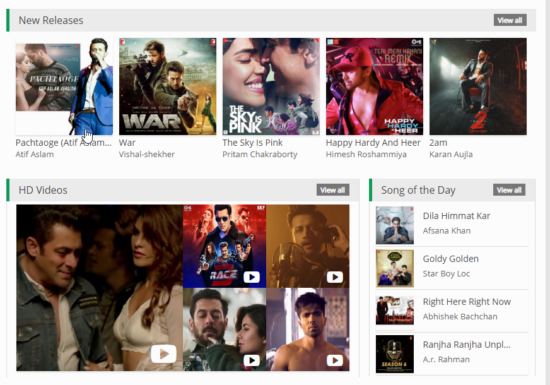

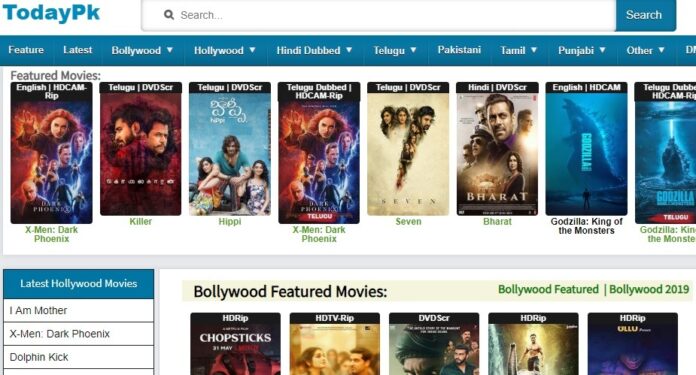
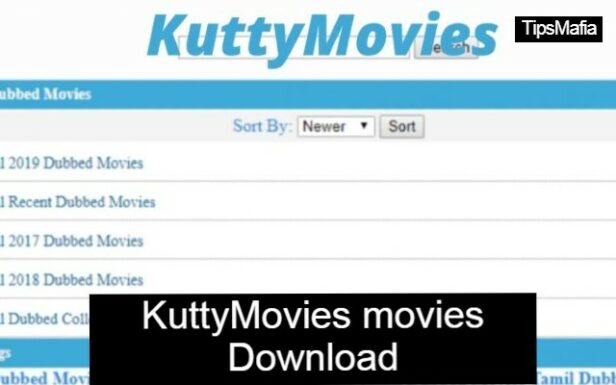





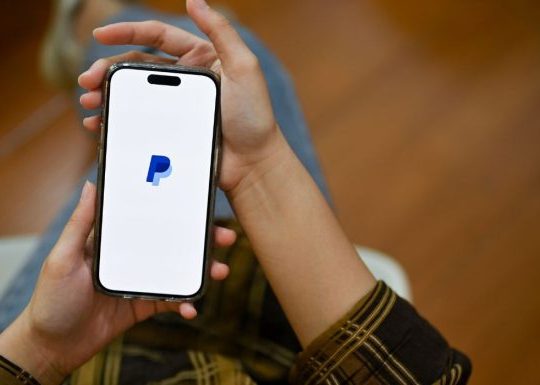
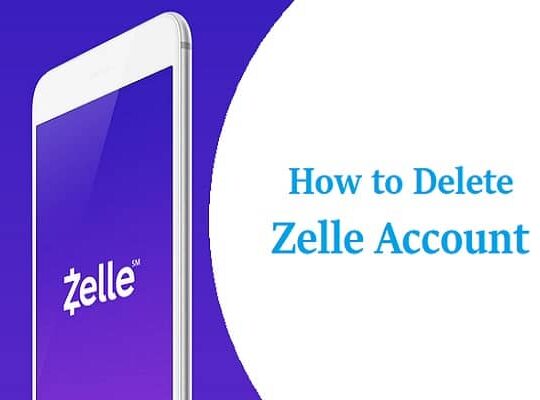

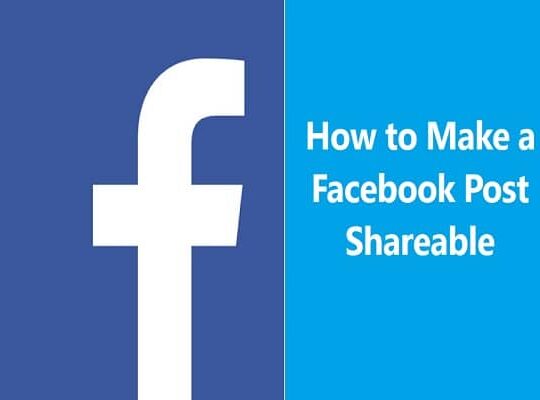
Recent Comments